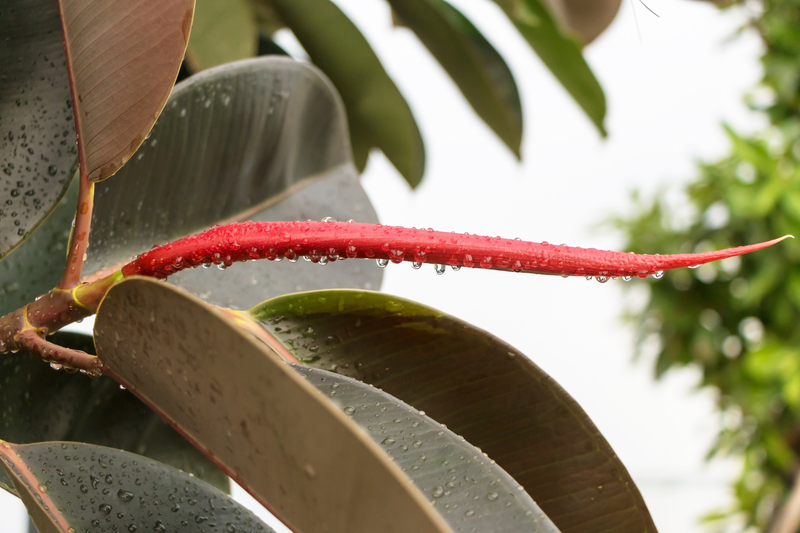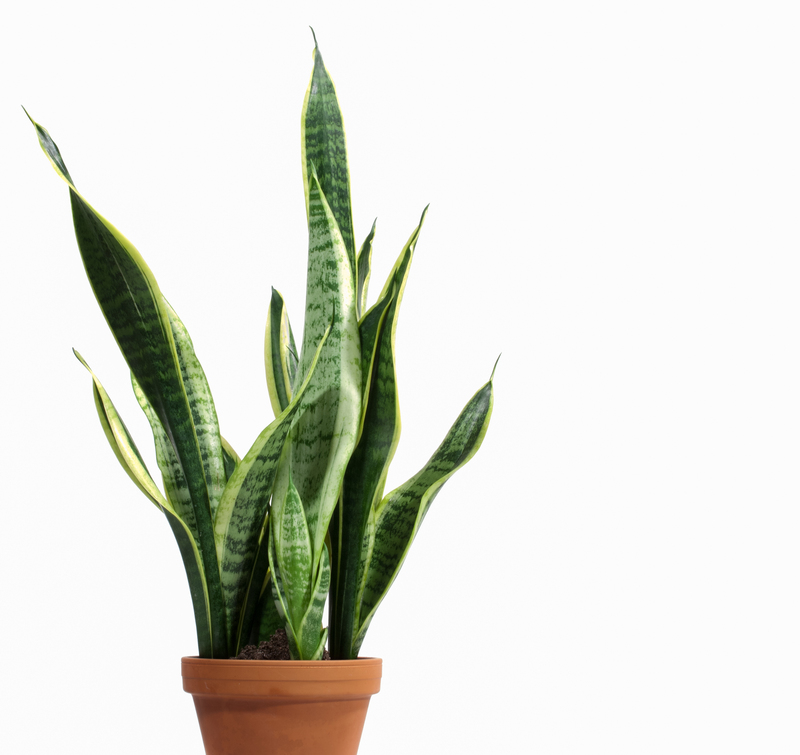Gardening with Your Canine Companion
Posted on 20/08/2025
Gardening with Your Canine Companion: An Ultimate Guide
Gardening with your canine companion is a delightful way to enrich both your life and that of your furry friend. Whether you have a small patio or a sprawling backyard, creating a garden space that welcomes your dog can foster a stronger bond, instill positive habits, and even add a new layer of fun and wellness to your daily routine. In this in-depth guide, we'll explore everything from dog-friendly plants and safe landscaping design to tips for training your dog to become a helpful garden assistant. Let's embark on a journey toward a harmonious, lush, and paw-approved outdoor haven!
Why Garden with Your Dog?
Growing a garden alongside your dog offers unmatched opportunity for physical activity, mental stimulation, and shared enjoyment. Here are some benefits you and your canine companion can expect:
- Exercise & Stimulation: Gardening provides an interactive environment for your dog to explore, sniff, and play.
- Bonding Time: Working together outside strengthens your friendship and mutual trust.
- Behavioral Improvement: Engaging your dog while gardening can help curb boredom-related misbehavior.
- Wellness: Outdoor activity supports a healthy lifestyle for both humans and dogs.

Planning a Dog-Friendly Garden
Assessing Your Space
Begin by evaluating your garden for any potential hazards or obstacles. Ask yourself the following questions:
- Is the area securely fenced to prevent escapes?
- Are there sharp tools or toxic materials within your dog's reach?
- Do you want some sections (like vegetable plots) to be dog-free?
A clear assessment ensures you create a safe, enjoyable garden for you and your furry gardening partner.
Designing with Dogs in Mind
Thoughtful landscaping can minimize stress and maximize your dog's safety in the garden setting:
- Paths and Trails: Plant robust groundcovers along pathways where your dog likes to patrol.
- Resting Spots: Incorporate shady nooks and cool places for your dog to relax.
- Boundaries: Raised beds, small fences, or decorative logs can keep sensitive plantings safe.
- Digging Zones: Offer a defined spot for supervised digging, and train your dog to use it.
Choosing Dog-Friendly Plants and Flowers
Gardening with dogs means being extra mindful about which plants are safe for canines. While many classic garden plants are harmless, some can be toxic if ingested or cause skin irritation. This section will help you cultivate a pet-safe paradise.
Non-Toxic Plants for Dogs
Consider these species which are generally considered safe for dogs:
- Sunflowers
- Roses (petals and hips are safe; watch for thorns!)
- Calendula
- Basil, sage, and other culinary herbs (lavender in moderation)
- Marigold
- Snapdragon
- Fuchsias
- Camellia
Note: Always double-check before introducing a new plant, as individual dogs may have unique sensitivities.
Plants to Avoid in a Dog-Friendly Garden
Be vigilant--many common garden plants can be harmful, including:
- Azaleas & Rhododendron
- Oleander
- Foxglove
- Daffodil & Tulip bulbs
- Lilies
- Sago Palm
- Ivy
If unsure, consult your veterinarian or the ASPCA's list of toxic plants.
Dog-Safe Lawn & Mulch Choices
Creating Pet-Safe Lawn Areas
Not all groundcovers and mulches are dog-friendly. Here are some safe, durable choices:
- Buffalo Grass or Fescue: These handle foot (and paw) traffic well and are non-toxic.
- Clover: Soft, resilient, and seldom problematic for dogs.
- Artificial Turf: Low maintenance, but ensure it stays cool in direct sun.
Best Mulching Materials for Dogs
- Cedar and Pine Mulch: Generally safe, but monitor to prevent chewing or eating.
- Straw or Hay: Good for pathways and vegetable patch borders.
- Compost: Well-composted organic matter can be useful, but ensure it hasn't fermented or contains no mold.
Avoid cocoa mulch, which is highly toxic to dogs even in small amounts!
Training Your Dog for the Garden
Even well-mannered dogs need instruction to understand garden boundaries and behaviors. Here are key strategies for garden training your dog:
Basic Obedience Skills
- Teach reliable recalls ("come") for immediate control.
- Use "leave it" or "off" to keep your dog away from sensitive beds.
- Encourage "sit" and "stay" for calm moments while you garden.
Introduce Garden Enrichment Activities
Keep your dog engaged and entertained as you work outdoors:
- Scatter healthy treats for your dog to sniff out in the grass.
- Offer food puzzles or safe chew toys nearby.
- Let your dog help dig in designated areas, or carry sticks and soil to compost bins.
Patience, positive reinforcement, and consistency are essential to harmonizing your gardening routine.
Common Gardening Challenges with Dogs
Digging and Chewing
Digging is a natural canine instinct! To keep your yard beautiful:
- Designate a digging spot and bury toys or treats to attract your dog there.
- Discourage digging in flowerbeds by using raised beds or physical barriers.
- Regularly rotate toys to maintain your dog's interest in acceptable chew items.
Urine Spots and Lawn Care
Dog urine can cause brown or yellow patches in lawns. Here's how to manage:
- Encourage your dog to use a specific "potty area" with mulch or gravel.
- Water grass spots immediately after your dog urinates to dilute the impact.
- Choose tougher grass varieties that recover quickly.
- Feed your dog a balanced diet to minimize the concentration of urine.
Gardening Activities You Can Enjoy Together
Cultivating a garden with your canine companion need not be all work and no play! Try incorporating these fun outdoor activities:
- Harvest Together: Let your pup gently "help" by supervising while you pick ripe veggies or fruit.
- Water Play: On hot days, use sprinklers or a shallow kiddie pool for canine cooling and entertainment.
- Hide and Seek: Hide healthy snacks among the plants for your dog to find with their nose.
- Agility Courses: Set up homemade tunnels or hurdles using garden tools or natural materials.
Remember, every gardening session is a new adventure for your dog's senses!
Safety First: Pesticides and Fertilizers
Choose Pet-Safe Products
Many commercial fertilizers, insecticides, and herbicides can be toxic to pets. When gardening with dogs, choose natural or pet-approved alternatives and always read labels:
- Opt for organic fertilizers like composted manure, bone meal (with caution), or fish emulsion.
- Use natural pest control such as diatomaceous earth, companion planting, or hand removal of pests.
- Avoid slug pellets, systemic insecticides, and weed killers unless specifically labeled as safe for pets.
Keep all garden chemicals locked away from curious canines.
Dog-Friendly Garden Design Ideas
- Dog Paths: Create a looping trail with stepping stones to accommodate your dog's favorite patrol route.
- Canine Sandbox: Provide a sand or soil box filled with buried prizes for supervised digging fun.
- Shade Cabanas or Small Doghouses: Ensure cool, sheltered spaces perfect for mid-day naps.
- Pup-Friendly Water Features: Consider a shallow, splashing fountain for your dog to enjoy safely.
Health Benefits of Gardening With Dogs
Sharing the outdoor experience with your dog doesn't just yield a beautiful yard. It also provides remarkable benefits for both species:
- Increased Activity: Regular outdoor play and gardening keeps human and dog hearts healthy.
- Mental Wellness: Interaction with nature and your pet can reduce stress and elevate mood.
- Socialization: Dogs exposed to various plants, tools, and sounds are often more relaxed and confident.
Eco-Friendly & Sustainable Gardening with Pets
- Use rain barrels to collect and reuse water in your garden without chemicals.
- Plant diverse native species to support local pollinators and reduce maintenance.
- Compost safely, avoiding cooked food scraps and bones that might attract your dog.
- Choose biodegradable waste bags for cleaning up after your pup.

Frequently Asked Questions about Gardening with Dogs
How can I stop my dog from digging up my garden beds?
Direct your dog's digging urge to a specific area using positive reinforcement, offer plenty of exercise, and physically block off off-limits beds where needed.
Are there any vegetables that are unsafe for dogs?
Yes! Avoid onions, garlic, chives, and leeks--all parts are toxic to dogs. Also be cautious with tomatoes, potatoes (especially green parts), grapes, and avocados.
Can I use manure in my pet-friendly garden?
Composted manure is generally safe, but raw manure can contain pathogens and may attract unwanted canine attention. Always age and compost manure thoroughly before use.
What if my dog eats grass or flowers?
Most dogs eat grass occasionally--it's generally harmless if the grass is untreated and non-toxic. Eating large quantities of any plant may lead to stomach upset, so monitor and discourage excessive nibbling.
Conclusion
Gardening with your canine companion is an incredibly rewarding endeavor that offers opportunities for exercise, learning, and joy. With careful planning, thoughtful plant selection, and a little training, you can cultivate a green oasis that is both captivating for you and safe for your dog. Embrace the dirt, the digging, and the delights of nature together. Happy gardening to you and your four-legged friend!
Start your journey today and transform your backyard into a safe, beautiful, and enriching space for you and your beloved dog--a true sanctuary shared by man, beast, and earth alike.

